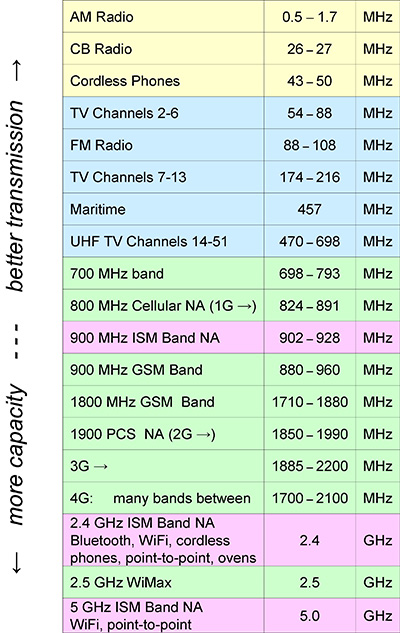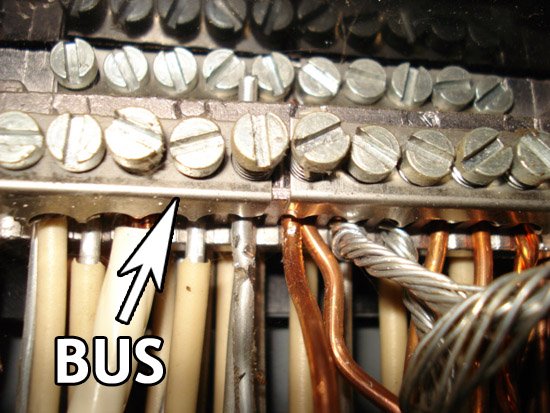A closer look at the second item in our list of eight major recent developments and trends in telecom
Telecommunications technology is constantly changing and improving – seemingly faster and faster every year – and at Teracom, we keep our training courses up to date to reflect these changes. In a previous post, we identified eight major developments and trends in telecommunications incorporated in our training.
In this post, we take a closer look at the second one:
Optical Ethernet has replaced SONET for all new core fiber network projects, and is also routinely used for “last mile” connections, achieving a long-held goal in telecommunications: one technology for all parts of the network.
Ethernet was a brand name for the first LAN, developed at Xerox’s Palo Alto Research Center in Silicon Valley. The mouse and the graphical user interface used in Windows and Macs appear to have also been invented there. And people say Xerox never does anything original…
An almost-identical technology was subsequently codified in the 802 series of standards from the Institute of Electrical and Electronic Engineers (IEEE). Products conforming to the IEEE 802 standards ended up dominating the market, and Ethernet no longer exists. When people say “Ethernet” today, they are referring to IEEE 802 standards.
Ethernet moves frames of data between computers that are on the same physical circuit. A frame is a block of data, typically about 1500 bytes, prefaced by the address of the receiver, the address of the sender and control information, followed by an error check.
The addresses are Media Access Control (MAC) addresses, 48-bit numbers identifying the LAN chip in each computer. LAN frames are also called MAC frames.
In the beginning, many computers were connected together by tapping onto a coaxial copper-wire “bus” cable.
Today, one computer is connected with a LAN cable to one port on a LAN switch as illustrated in the diagram. The LAN switch moves frames internally from one port to another, and hence from one computer to another.
Ethernet was developed for communicating data packets between computers inside a building, in a bursty, as-needed manner.
Ethernet then escaped and took over the world of fiber connections between buildings, replacing the previous technology used for fiber backbones called SONET.
SONET carried 64 kb/s streams of bits called DS0 channels on fiber between buildings. It was designed to carry phone calls in these channels. It can also carry data packets on these channels. But using channels for communications is not efficient, since the bits in the channel are reserved whether there is anything to transmit or not, and the channels only go between fixed places.
The new-generation all-IP telecom network does not use channels. Everything is put in IP packets, which are created and transmitted only when there is information to be communicated, and routed one-by-one to different destinations. This is more efficient and much more flexible.
Packets are transmitted from the originating machine in a MAC frame on a physical circuit to a router, then to the next router in another city, to the next router, and finally delivered in a MAC frame on a physical circuit to the destination.
The connections between routers in different cities are LAN cables… but not the familiar blue copper-wire LAN patch cables used in-building. Inter-city LAN cables are made of glass fiber. A MAC frame is signaled from one end to the other by pointing a laser into the fiber and turning it on and off. Light on means “1” and light off means “0”. This is called Optical Ethernet, and allows much higher bit rates and much longer reach than copper wire LAN cables.

Today, Optical Ethernet is not used just for inter-city links, but also for the access circuit, the circuit from the customer to the network, sometimes called the “last mile”.
The use of Ethernet for in-building communications, access circuits and intercity backbones represents the achievement of a long-held goal in the telecommunications business: to save money by using the same technology in all parts of the network.
This is a concise description of a story that has many different facets. If you would like to learn more, for example, the relationship between Ethernet and IP, how packets and frames work together, the difference between a LAN switch and a router, why Ethernet is “Layer 2” and IP is “Layer 3”, about LAN cables and fiber optics, convergence and service integration, those topics and much more are covered in the following Teracom training:
Course 101: Telecom, Datacom and Networking
for Non-Engineering Professionals
Certified Telecommunications Network Specialist (CTNS)
Online telecommunications certification courses
Telecom, Datacom and Networking for Non-Engineers textbook
DVD-Video Courses V2, V3 and V4
and in free tutorials on teracomtraining.com.
Cheers!



